Independent Catholics, Social Justice, and “Sacramental Justice”

Julie Byrne How long will Catholics wait for church leadership to embrace the basic idea that women can serve in persona Christi—represent Christ to the people of God in ordained ministry—just as fully as men? Some Catholics stopped waiting a long time ago.
On Being Spiritual but Not Religious: Past, Present, Future(s)
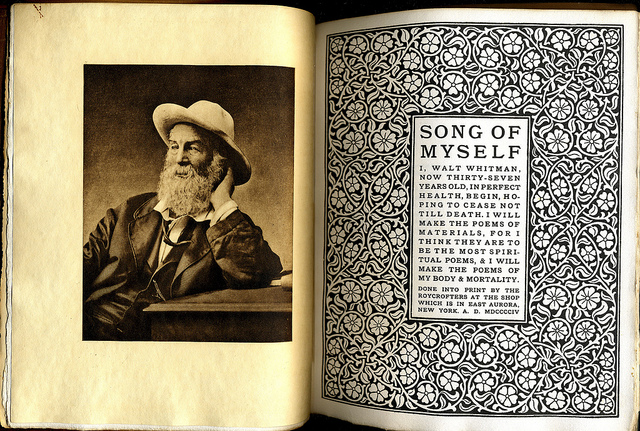
William B. Parsons What does “being spiritual but not religious” mean? It’s on dating sites, so it must be something! But is it clear-cut and easy to identify, or is it more like what Gertrude Stein once said about Oakland, California, namely: “There is no there there.” It’s a good question. We’ll shed some light on the spiritual but not religious movement (SBNRM) and on “being” spiritual but not religious (BSBNR).
On Bonnaroo’s 15th: The Sacred and the Psychedelic Tradition

Scott Muir While 65% of the 655 individuals I surveyed at 10 such festivals report that they rarely or never “attend religious or spiritual services/gatherings,” participants overwhelmingly affirm the notion that these festivals are themselves sacred social events.
Candomblé Reconsidered: A Sacred Matters Interview
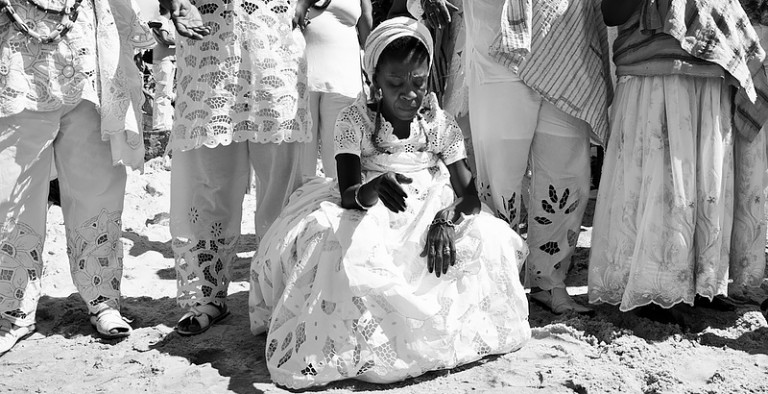
Dianne Stewart In the twenty-first century, increasing populations are becoming aware of the presence of African-heritage religions in the diaspora but we have still much to learn from and about these religions.
Teaching True Believers

Jolyon Baraka Thomas The religious studies classroom is a strange place. Whether one teaches in a public university or a private one, the subject matter demands that students set aside personal commitments in order to engage with religion both critically and respectfully.
A Fresh Look on Treating Moral Injury

Ed Van Herik Moral injury is a wrenching condition that has paralyzed a number of returning veterans, spurring the U.S. Army to look for a path that will complete the journey home for affected soldiers. While battle wounds account for the most visible effect of war, moral injury claims its share of victims as well.
“Cannot tell Aught but the Truth”: Photography and Birth of a Nation (1915)

Rachel McBride Lindsey Through plot device, camera technique, and historical conceit, Griffith’s epic story of the triumph of racially defined and providentially guided national unity out of racially contrived sectional chaos leans heavily on the early history of American photography.
Dangerous Education
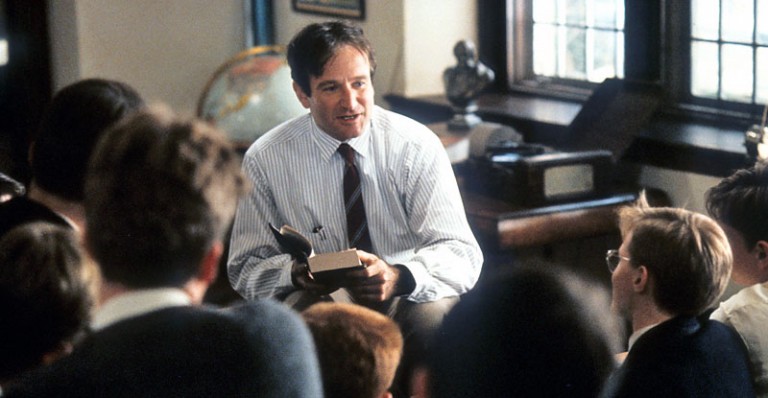
Hussein Rashid I’ve started with a discussion of Boko Haram and the Taliban, because it is easier to show the foibles of an approach when it is distant from us. However, I fear that many of the rejectionist attitudes of these groups are already operating in the United States.
Literary Antecedents and Contemporary Reflections of Thomas Dixon’s “The Clansman”
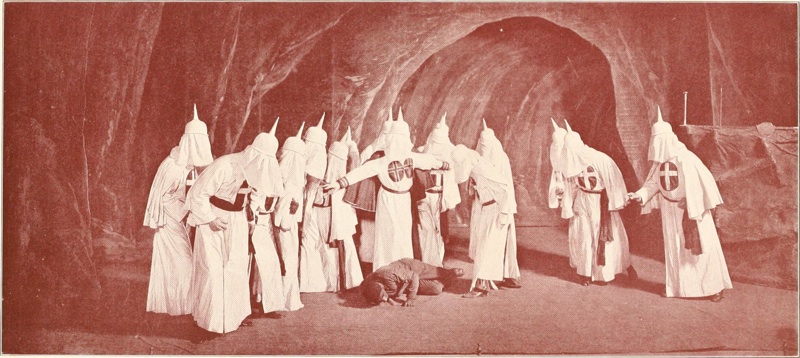
Carolyn M. Jones Medine As The Clansman demonstrates, the Ku Klux Klan was a structure within which white men acted out their vision of southern society and through which they used terror to enforce those visions. The KKK may have been the United States’ first cellular terrorist structure: it was and is covert, local and de-centered, mobile, and opportunistic, multiplying by opportunity and interpersonal connections.
A Dreadful and Improbable Creature: Race, Aesthetics, and the Burdens of Greatness
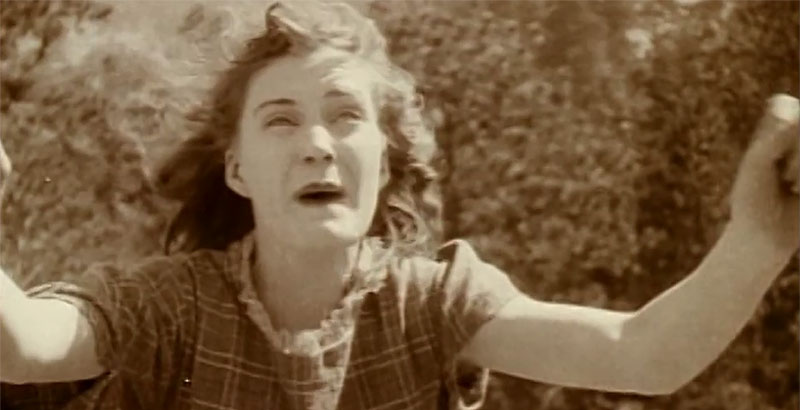
Judith Weisenfeld The plot of The Birth of a Nation features two intertwined narratives: a political story that moves from national unity to division in war and back to unity, and a romance in which a couple unites despite the obstacles the war presents. The Birth of a Nation is also, of course, a story about the subjugation of people of African descent, a process director D. W. Griffith frames as carried out by honorable white men who had no choice in the face of social chaos.
